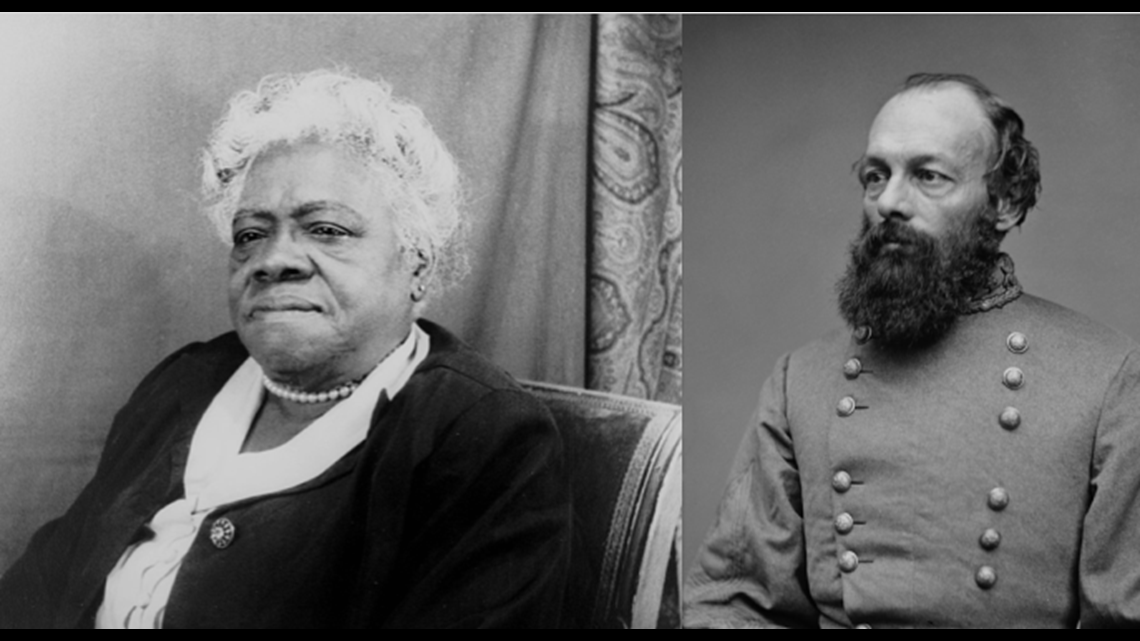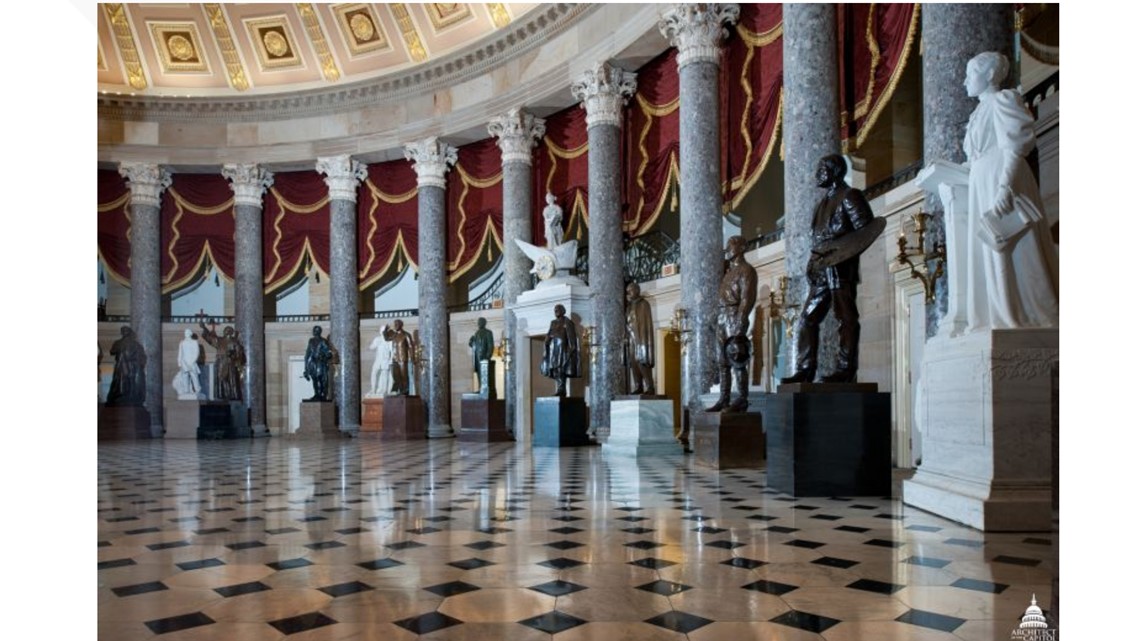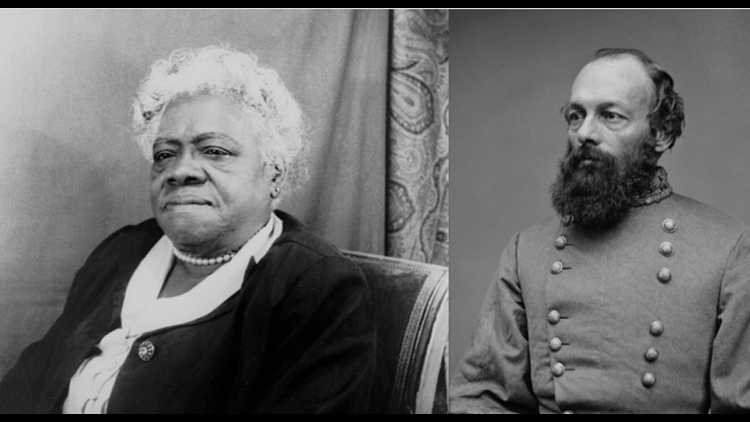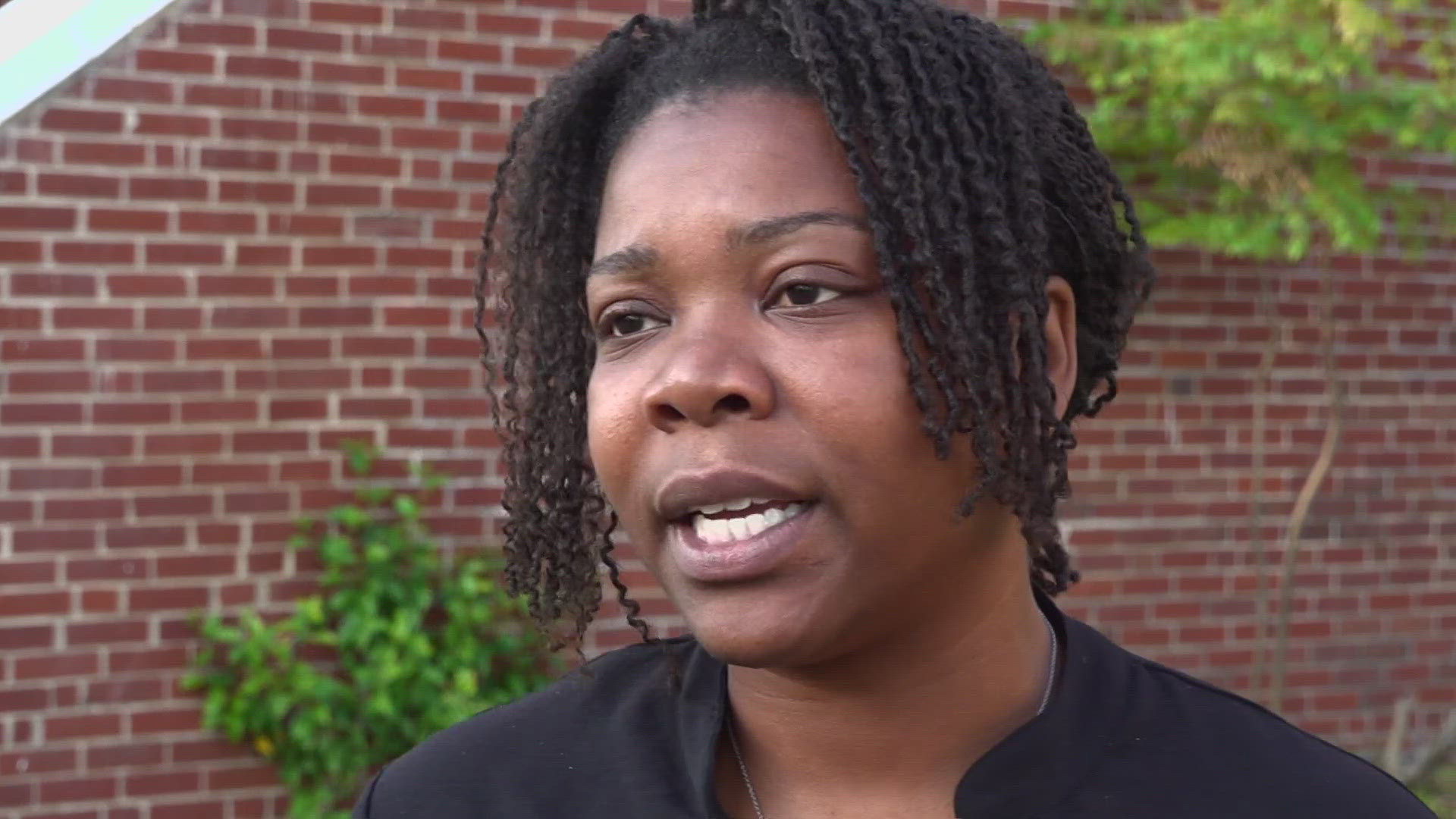Florida Gov. Ron DeSantis requested that a statue of a Confederate war hero be replaced with what will be the first African American to have a state-commissioned statue in National Statuary Hall in the U.S. Capitol.
During the 2018 legislative session, the Joint Committee on the Library of Congress approved the replacement of the statue of Gen. Edmund Kirby Smith with a statue of Dr. Mary McLeod Bethune.
The statue of Bethune is slated to be completed and moved to National Statuary Hall in 2020.
"Florida is proud to submit this request on the 144th anniversary of Dr. Mary McLeod Bethune's birthday," DeSantis stated in a letter to the Architect of the U.S. Capitol. "... Bethune was a prominent Floridian, a visionary, influential educator, leader and civil rights activist who became one of our nation's most notable figures. Her legacy endures and will continue to inspire future generations."


Who was Mary McLeod Bethune?
Bethune was born a daughter of former slaves. She came to be known as the "First Lady of the Struggle" for her lifetime commitment of service to those who sought equality.
- Bethune started and founded the Daytona Normal and Industrial Institute for Negro Girls in Daytona, Florida, in 1904.
- Bethune-Cookman College was established in 1929.
- She served as a special minority affairs adviser to President Franklin D. Roosevelt in 1935.
- She was one of the first members of the NAACP and represented them in a conference that would lead to the development of the United Nations.
- After her passing, she was inducted into the National Women's Hall of Fame in 1973.
- Born in St. Augustine, Smith was a career United States Army officer who fought in the Mexican–American War.
- Smith later joined the Confederate States Army in the Civil War, and was promoted to general in the first months of the war.
- Smith was notable for his command of the Trans-Mississippi Department after the fall of Vicksburg to the U.S.
- He was wounded at First Bull Run and distinguished himself during the Heartland Offensive, the Confederacy's unsuccessful attempt to capture Kentucky in 1862.
- Smith was appointed commander of the Trans-Mississippi Department in January 1863.
- In 1863, Smith dispatched troops in an unsuccessful attempt to relieve the Siege of Vicksburg. After Vicksburg was captured by the Union in July, the isolated Trans-Mississippi zone was cut off from the rest of the Confederacy, and became virtually an independent nation, nicknamed 'Kirby Smithdom'.
- On June 2, 1865, Smith surrendered his army at Galveston, Texas, the last general with a major field force. He quickly escaped to Mexico and then to Cuba to avoid arrest for treason. His wife negotiated his return during the period when the federal government offered amnesty to those who would take an oath of loyalty.
The National Statuary Hall Collection is made up of statues donated by states to honor notable people in that state's history. The entire collection consists of 100 statues, two from each state. The other statue representing Florida is inventor John Gorrie.




